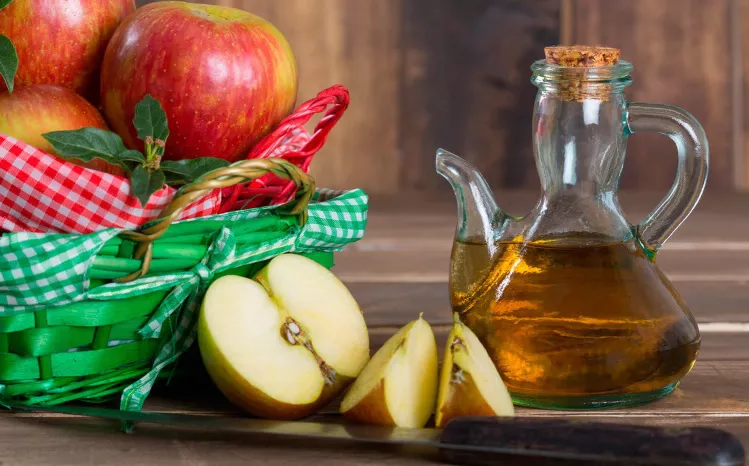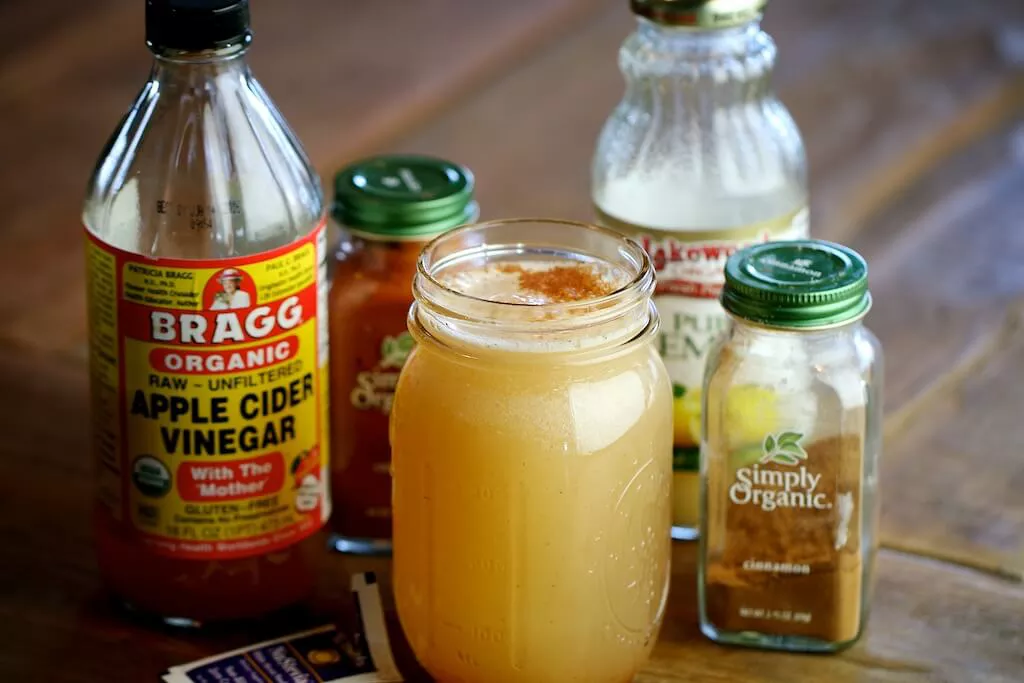In the realm of beverages, few elixirs evoke the warmth and nostalgia quite like apple cider. Originating from ancient times, this beloved drink has transcended generations, cultures, and culinary landscapes. Apple cider is more than just a seasonal favorite; it’s a symbol of tradition, craftsmanship, and wholesome indulgence. Let us embark on a journey through the rich tapestry of apple cider, exploring its history, production, varieties, and cultural significance.
Origins and Evolution
The roots of apple cider stretch deep into history, tracing back thousands of years to ancient civilizations. Early records suggest that cider-making practices were prevalent in regions such as Mesopotamia, Egypt, and Rome, where apples were revered for their versatility and flavor. However, it was in Europe, particularly in regions like England and France, where cider cultivation and consumption flourished.
During the Middle Ages, monasteries played a pivotal role in the advancement of cider production, refining techniques and cultivating specialized apple varieties. With the arrival of European settlers in North America, apple orchards proliferated, and cider became a staple beverage in colonial households.
The Art of Cider Making
At its core, apple cider is a product of simplicity, crafted from just two ingredients: apples and time. The process begins with the careful selection of apples, as different varieties contribute distinct flavors, acidity levels, and sweetness to the final product. Traditional cider apples are categorized into sweet, bittersweet, bittersharp, and sharp varieties, each adding depth and complexity to the blend.
Once the apples are harvested, they are washed, crushed, and pressed to extract the juice. This juice, known as “must,” undergoes fermentation, where natural yeasts convert sugars into alcohol. The duration and conditions of fermentation influence the flavor profile and alcohol content of the cider.
In modern cider production, various techniques and adjuncts may be employed to enhance flavor, including oak aging, blending with other fruits, or adding spices and botanicals. However, artisanal producers often adhere to traditional methods, allowing the innate character of the apples to shine through.
Exploring Cider Varieties
The world of apple cider is as diverse as it is delightful, offering a myriad of flavors, styles, and expressions. From bone-dry ciders reminiscent of fine champagne to sweet and effervescent varieties bursting with orchard-fresh goodness, there’s a cider to suit every palate.
Traditional Cider: True to its heritage, traditional cider showcases the natural flavors of apples with minimal intervention. These ciders often feature a balance of sweetness and acidity, making them versatile companions for meals or leisurely sipping.
Craft Cider: Craft cider represents the pinnacle of artisanal excellence, crafted by small-scale producers with a passion for quality and innovation. These ciders may showcase experimental techniques, rare apple varieties, or unique flavor infusions, offering an adventurous twist on tradition.
Heritage Cider: Embracing tradition and terroir, heritage ciders celebrate the unique characteristics of regional apple varieties and cider-making practices. Whether from the orchards of Normandy, the hills of Herefordshire, or the valleys of Vermont, these ciders reflect the essence of their origins.
Flavored Cider: For those seeking a whimsical twist, flavored ciders offer a playful array of options, infused with fruits, spices, botanicals, or even hops. From tangy raspberry blends to aromatic chai-infused creations, these ciders redefine the boundaries of taste and imagination.
Cider in Art, Literature, and Folklore
Beyond its gustatory pleasures, apple cider holds a cherished place in culture, inspiring artists, writers, and storytellers throughout the ages. From the romantic landscapes of John Constable’s paintings to the lyrical prose of cider-themed poetry, cider’s rustic charm has captivated the imagination of many.
In folklore and mythology, apples have long been associated with fertility, rebirth, and abundance, lending cider a symbolic significance in seasonal celebrations and rituals. Whether shared around a harvest bonfire or toasted during festive gatherings, cider fosters a sense of community and conviviality, embodying the spirit of shared experience and camaraderie.
Trends and Innovations
In recent years, the resurgence of interest in craft beverages has sparked a renaissance in the world of cider, igniting a wave of creativity and exploration. As consumers seek authenticity and quality in their libations, cider has emerged as a compelling alternative to mainstream offerings, capturing hearts and palates with its charm and complexity.
One notable trend is the rise of cider bars and tasting rooms, where enthusiasts can sample an array of artisanal ciders and engage with producers firsthand. These communal spaces foster a sense of connection and education, allowing patrons to deepen their appreciation for cider’s nuances and heritage.
Furthermore, the movement towards sustainability and localism has prompted many cider makers to embrace organic farming practices, heirloom apple varieties, and eco-friendly packaging. By prioritizing environmental stewardship and transparency, these producers uphold cider’s tradition of craftsmanship while ensuring a greener future for generations to come.
A Toast to Tradition and Innovation
As we raise our glasses to the timeless allure of apple cider, we celebrate not only its storied past but also its vibrant future. In an ever-changing world, cider serves as a reminder of our connection to nature, community, and the simple pleasures of life. Whether enjoyed beside a crackling fire on a crisp autumn evening or shared amongst friends on a sunny summer day, cider continues to enrich our lives with its warmth, flavor, and enduring legacy. Cheers to the apple, the orchard, and the timeless tradition of cider-making – may its spirit endure for generations to come.
Preserving Tradition Amidst Modernization
While the cider landscape evolves with contemporary tastes and techniques, there remains a steadfast commitment among cider makers to honor tradition and heritage. Many artisanal producers draw inspiration from age-old recipes and practices, paying homage to the generations of cider makers who came before them.
In regions with a rich cider-making history, efforts are underway to preserve heirloom apple varieties and revive traditional cider orchards. Organizations and initiatives dedicated to orchard conservation work tirelessly to safeguard biodiversity and promote the cultivation of rare and endangered apple cultivars. By supporting these endeavors, cider enthusiasts play a vital role in safeguarding the genetic diversity of apples and preserving the cultural heritage embedded within each sip of cider.
Orchards, Festivals, and Trails
For those eager to delve deeper into the world of cider, cider tourism offers a delightful journey of discovery amidst scenic orchards, charming cider houses, and festive gatherings. Around the globe, cider-producing regions beckon travelers with promises of bucolic landscapes, culinary delights, and immersive cider experiences.
In regions like the West Country of England, Asturias in Spain, or the Pacific Northwest of the United States, cider trails and routes invite visitors to explore the heartlands of cider culture. Guided tours of orchards and cideries provide insight into the cider-making process, while tastings offer a tantalizing array of flavors to savor and compare.
Festivals and events celebrating cider abound, showcasing local producers, live music, and culinary delights. From the legendary Wassail celebrations in Somerset to the vibrant cider festivals of the Basque Country, these gatherings foster a sense of community and camaraderie, uniting cider lovers from near and far in joyful revelry.
Pairings and Possibilities
As cider gains recognition as a versatile and sophisticated beverage, its presence in the culinary world continues to expand. From haute cuisine restaurants to gastropubs and farm-to-table eateries, cider is finding its place on menus alongside wine, beer, and spirits, offering a refreshing alternative for discerning diners.
Cider pairings offer a delightful exploration of flavor combinations, with each cider variety complementing a diverse range of dishes. Dry and effervescent ciders make excellent companions for seafood, salads, and light appetizers, while sweeter ciders shine alongside spicy cuisines, rich desserts, and aged cheeses.
In the realm of cooking, cider serves as a versatile ingredient, lending its unique flavor profile to a myriad of recipes. From braised meats and savory sauces to baked goods and desserts, cider infuses dishes with a subtle sweetness and acidity, elevating flavors and adding depth to culinary creations.
Conclusion
In conclusion, the world of apple cider is a tapestry woven with threads of tradition, innovation, and timeless charm. From its ancient origins to its modern-day resurgence, cider embodies the essence of craftsmanship, community, and connection to the land.
As we raise our glasses to toast the marvels of apple cider, let us savor each sip, each flavor, and each moment shared in its company. Whether enjoyed in the serene beauty of an orchard, the convivial atmosphere of a cider bar, or the comfort of home, cider invites us to slow down, embrace simplicity, and revel in the beauty of life’s simple pleasures.
So, here’s to the apple, the orchard, and the enduring legacy of cider-making – may its spirit continue to inspire, delight, and nourish our hearts and souls for generations to come.


























